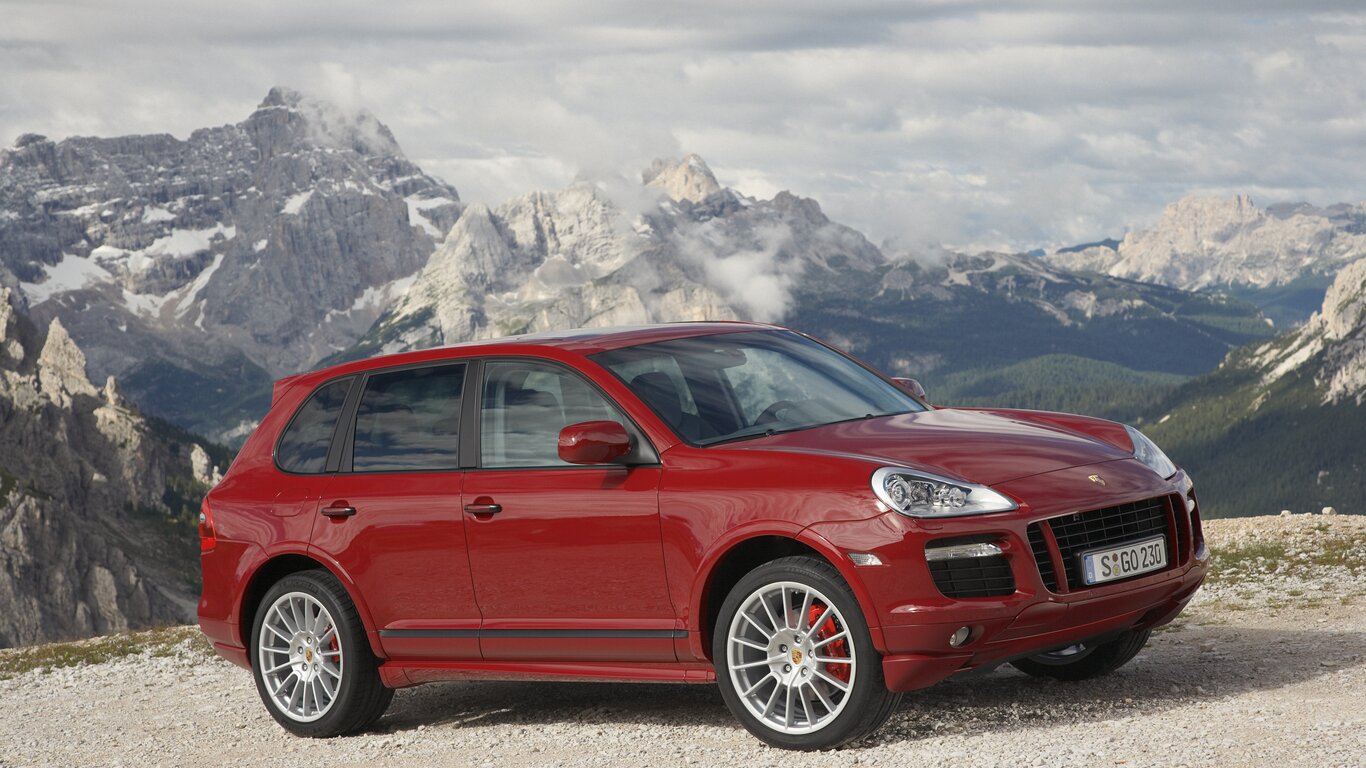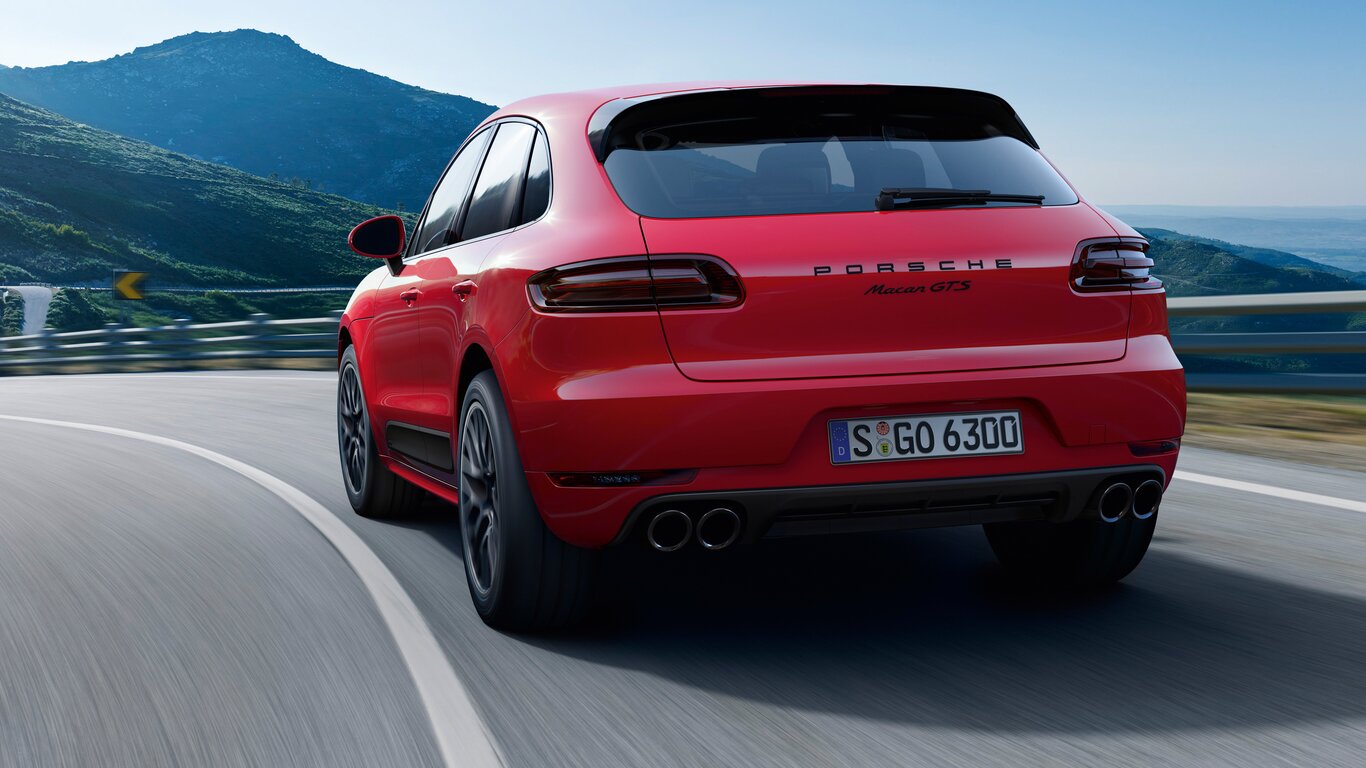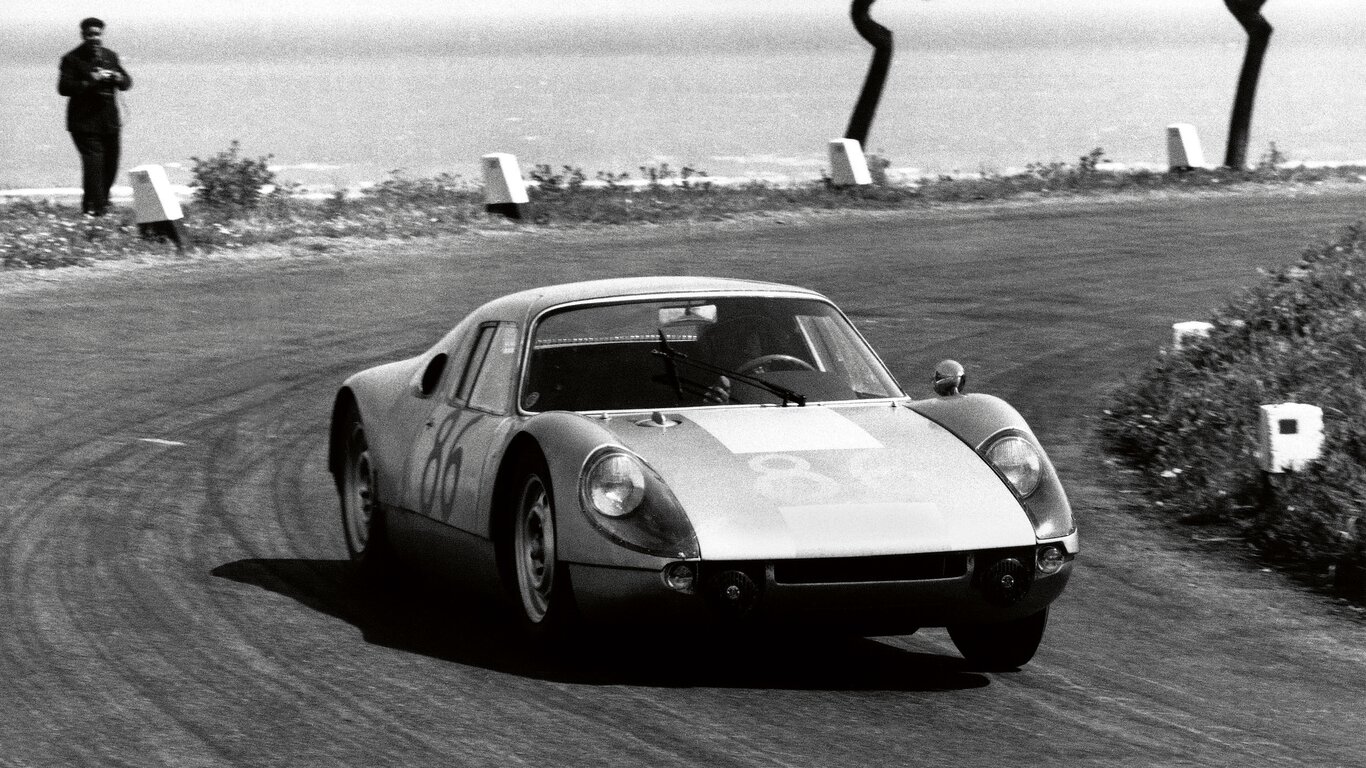All the GTS models in the various Porsche model ranges have something in common: they are some of the sportiest, most dynamic and most emotive vehicles in their segment. In 2015, the GTS range spanned five models in nine different variants for the first time – as two- and four-door cars, with a hard top or as a cabriolet, with manual or PDK transmission. Two historical Porsche DNA strands intersect in the new 718 GTS 4.0. Conceptually and creatively, the two-door sports car family adopts elements from the iconic mid-engine racing cars, the 550 Spyder (1953), the 718 GTR Coupé (1962) and the 904 Carrera GTS (1963) – their shapes and proportions have their modern interpretation in the 718 Cayman and Boxster. At the same time, the Carrera GTS, designed by Ferdinand Alexander "Butzi" Porsche, which for trademark protection reasons was not allowed to be officially named 904, is regarded as the forefather of the Porsche GTS line.
Initially, however, the abbreviation standing for "Gran Turismo Sport" once again wrote racing history and adorned the wide-bodied 924 Carrera GTS from 1980. The lightweight 1,121 kg Evolution series of the two-litre, turbocharged 924 Carrera GT was limited to 406 units, delivered 245 PS and reached a top speed of more than 250 km/h. Fifty units were certified for road use by single vehicle approval. It was also available in a racing-only version with 375 PS as well as a 280 PS rally version. The rally car, with which Walter Röhrl caused such a sensation in the 1981 German Championship, was again a 924 Carrera GTS Rally specially developed in Weissach.
Nowadays, GTS stands for the sporty all-rounders of each model range, and sets them apart from the high-performance and GT cars. In 1992, the 928 GTS was conceived in this spirit. It had an 5.4 litre eight-cylinder four-valve engine and represented the pinnacle of the transaxle sports car’s model history. It delivered 350 PS and could be combined with a five-speed or four-speed automatic transmission. The 928 GTS sprinted to 100 km/h in less than six seconds and had a speed of 275 km/h and the story of the 928 ended with it in 1995.
Twelve years later, in 2007, the Cayenne GTS with its V8 naturally aspirated engine delivered the blueprint for many other Porsche GTS models. 430 PS and a more firmly tuned chassis gave the four-door car an extra dose of sportiness. An outfit with many black design elements, and an appropriate soundtrack accentuated the look. From 2012, this also applied to the next generation of Cayenne GTS. At 309 kW (420 PS), it was again more powerful than any other naturally aspirated model of the performance SUV at the time.
A 911 Carrera GTS followed for the first time in 2010. With a power output of 300 kW (408 PS), it served as a link between the Carrera, Turbo and GT models of the 997 generation of the 911. It was available as a Coupé and Cabriolet, as well as with rear and all-wheel drive, but always with the 44 mm wider body of the S variant. Even then, the black painted front spoiler lip and red brake callipers were among the visual features. Another special feature was that its 19-inch alloy wheels had centre locks similar to those used in motorsport. Following the same principle, Porsche also offered a 911 Carrera GTS for the 991 generation from 2014, which was available as a Coupé and Cabriolet and, for the first time, also as a Targa. The output of its 3.8-litre six-cylinder boxer engine rose to 316 kW (430 PS).
The third model family to add a GTS variant to Porsche was the Panamera sports saloon in 2011. Initially, a 316 kW (430 PS) 4.8-litre V8 engine combined with a seven-speed PDK resulted a dramatically dynamic personality and a top speed of 288 km/h. The all-wheel drive Panamera GTS closed the gap between the 380 PS Panamera S and the 500 PS Panamera Turbo. After product upgrades it increased to 324 kW (440 PS). The second generation Panamera GTS has been available with a four-litre V8 biturbo engine since 2018. It delivers 338 kW (460 PS) to the four driven wheels and powers the Panamera GTS as well as the Panamera GTS Sport Turismo.
The Macan family introduced a GTS variant for the first time in 2015. With 265 kW (360 PS), a stiffer chassis and a top speed of 256 km/h, it established itself as the sportiest version of the range. This is now followed by a successor – with improved performance in every dimension.
One year earlier, in 2014, the GTS philosophy had already reached the open-top Porsche Boxster and the Cayman Coupé. This was the first time since the 904 Carrera GTS that a mid-engined Porsche sports car had been distinguished in this way. Its 3.4-litre six-cylinder boxer had up to 250 kW (340 PS) and, in combination with the Porsche PDK dual-clutch gearbox, accelerated the two-seater from zero to 100 km/h in 4.9 seconds and saw top speeds of between 281 and 285 km/h. In 2017, its successor was equipped with an even more powerful engine when, for the first time, the Porsche 718 GTS was launched with a 2.5 litre four-cylinder turbo engine. In 2020, the 718 GTS 4.0, with its naturally aspirated six-cylinder high-revving 294 kW (400 PS) boxer engine, writes the next chapter in Porsche GTS history. The turbo version will continue to be available for the Chinese market.



















